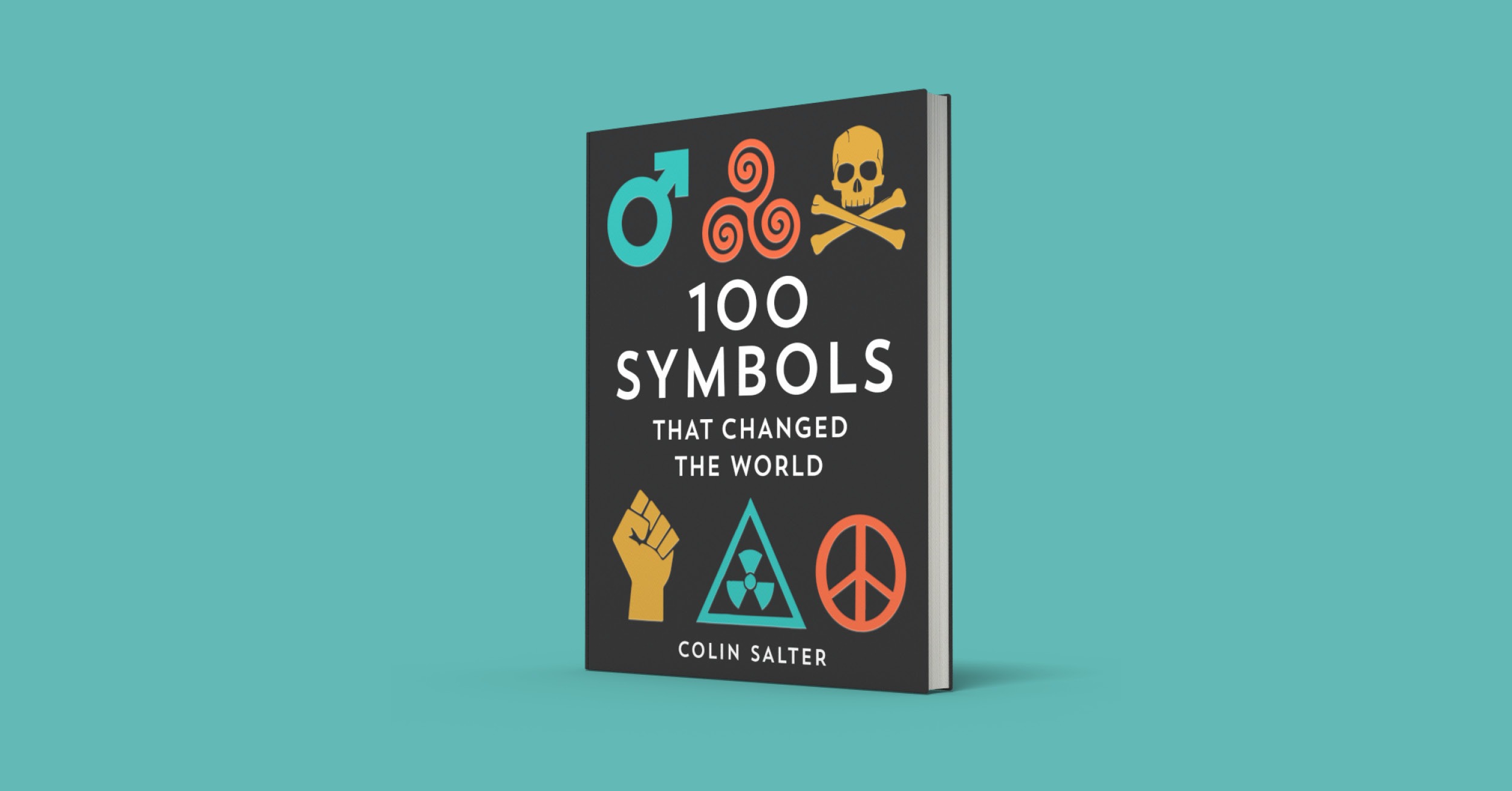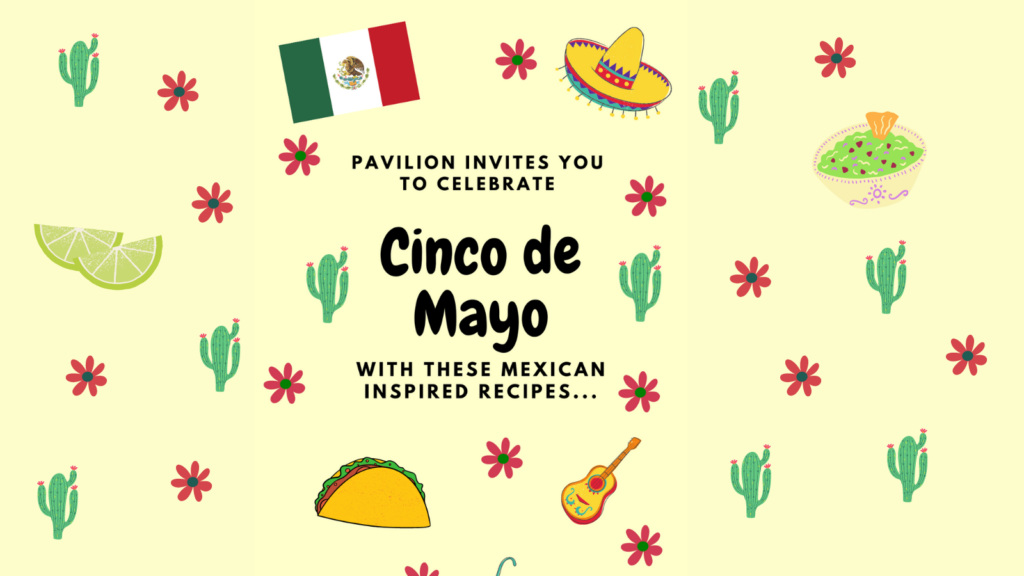Learn about the significance of the symbols that surround our life in a post by Colin Salter, author of 100 Symbols that Changed the World.
Writers love symbolism. When our hero rides off into the sunset, he is not only riding in a westerly direction but showing us that the day’s deeds are done and that tomorrow lies ahead with rich potential. When, in a careless moment, our heroine accidentally smashes her late mother’s favourite vase, it is not only the vase which is broken but the fabric of a family and the memories of a lifetime.
Symbols represent worlds of meaning beyond their mere appearance and, even the common symbols which we encounter every day, embody concepts and instructions which – their designers hope – are conveyed without having to spell them out. A symbol is a shorthand sign. Even the alphabet is a set of symbols to represent sounds. Like many people my age, I was read Rudyard Kipling’s Just So Stories as a boy and was captivated by the fanciful tales of “How the First Letter Was Written” and “How the Alphabet was Made.” Symbols have fascinated me ever since and recently, Pavilion published my book 100 Symbols that Changed the World.
Some symbols carry an obvious message, while others have to be taught to the general public who may encounter them. The Christian cross is a clear reference to the crucifixion of Jesus, for example, although even that might not be recognised in a non-Christian society. The clenched fist, now used by the Black Lives Matter movement is an explicit gesture of resistance which has previously been adopted by French revolutionaries and German communists. The skull and crossed bones is a graphic threat of death, whether at the hands of eighteenth-century pirates or twenty-first century toxic chemicals.
Others are less obvious. Would you know what the radioactivity symbol meant if you had never seen one before? Does it show a propellor, or something radiating out in all directions from a point – gas perhaps? Music? Or is an instruction to converge on a central gathering point? That’s not a misunderstanding you want to have in the event of a nuclear accident; and the symbol has recently been redesigned to make it absolutely clear that a) there’s radiation, b) there’s the danger of death, and c) everyone should leave the area. It’s now an ugly sign – but, an explicit one.
Some symbols take on a life of their own. Just as the clenched fist has been used in many causes, the design – originally intended for the Campaign for Nuclear Disarmament – is now universally familiar as a demand for peace; free from ALL weapons. The lines within the circle of the CND symbol are derived from the semaphore signals for the letters N (for Nuclear) and D (for Disarmament). The resulting figure looks a little like a person in despair with outstretched arms. Although campaigners may sometimes feel that despair, the symbol’s designer, Gerald Holtom, has sometimes wished he had created a more optimistic image.
Mathematics has contributed a great deal to the world of symbols. It seems extraordinary now that the most basic arithmetical symbols were only devised in 1557. Before then, plus and minus were written out as words and gradually shortened to p and m, then to & and an m with short horizontal line above it. The mathematician Robert Recorde finally made the switch to + and -, and “to avoid the tedious repetition of these words, “is equal to”, I will set a pair of parallels. Thus, = was born.
The meaning of some symbols is probably lost forever. The pictograms of the Creek and Cherokee Indians, carved on rocks throughout the United States, and recurring symbols found on Pictish standing stones in Scotland, were made by people without any other written tradition. Other meanings have been disconnected from their symbols: the oldest sign in the book is the swastika, which was universally understood as a sign of wellbeing and good luck until a German madman in the mid-twentieth century distorted the positive message of millennia.
We live in an age of symbols, where every app on our phones and laptops must have an accompanying icon. Among the hundred symbols in the book are several that represent the software which rules our lives. Other symbols, as familiar to us as Apple, Android and Spotify, have no meaning at all; and yet they too have a history to tell. If you’ve ever wondered what the significance of the four suits on the standard deck of playing cards is, that too is explained in 100 Symbols that Changed the World.
100 Symbols That Changed the World is out now.




